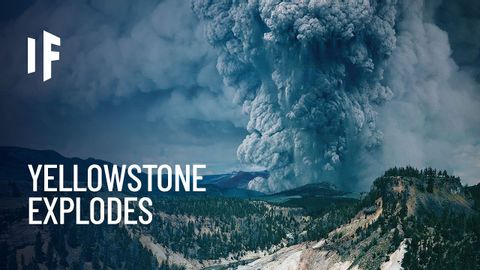如果黃石火山明天爆發怎麼辦? (What If the Yellowstone Volcano Erupted Tomorrow?)
 沒有此條件下的單字
沒有此條件下的單字US /ɛnˈtaɪr/
・
UK /ɪn'taɪə(r)/
- adj.全體的 ; 完全的;未分割的;全緣的 (植物學)
US /ɪˈvɛntʃuəli/
・
UK /ɪˈventʃuəli/
US /ɪnˈkrɛdəblɪ/
・
UK /ɪnˈkredəbli/
- adv.令人難以置信的是;難以置信地;非常地;令人難以置信地
- adj.巨大的;大而重的;大量的;厚重的;大規模的

